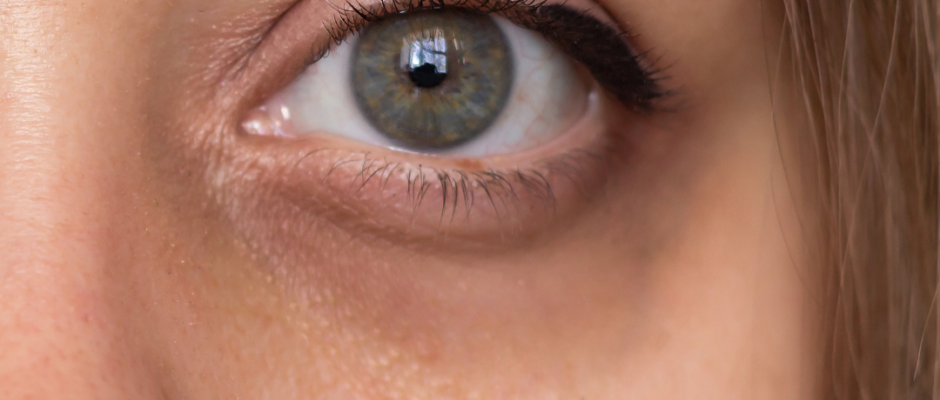
Natural Remedies for Eye Puffiness & Dark Circles
Discover natural remedies for eye puffiness and dark circles. Try easy, effective solutions to brighten your eyes! Visit Healthhype.com for more. Are you tired of waking up >> Read More ...

Copyright © 2025 Healthhype.com | Sitemap